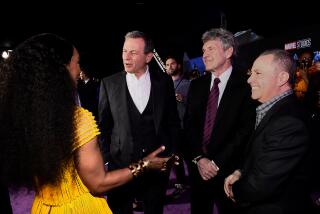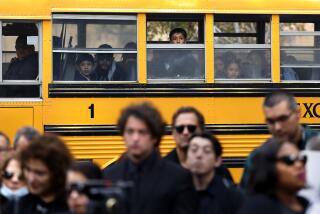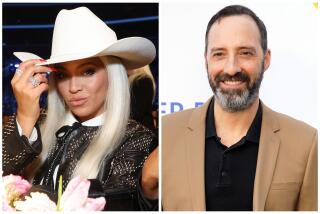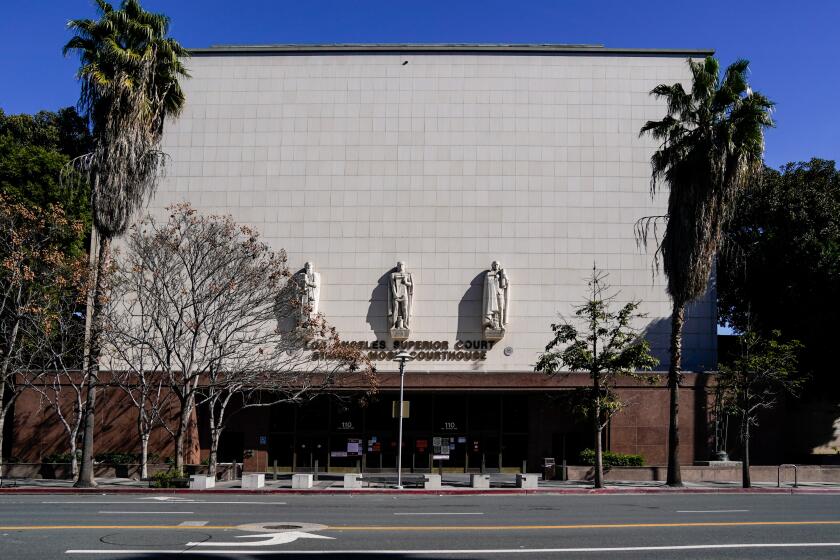Kids are comfortable with diversity. Give us a gay princess already.

For this year’s Super Bowl, Cheerios brought back the fictional biracial family that caused such a stir in this 2013 commercial for a new ad. First time around, the racist response to the commercial was so overwhelming that comments on YouTube had to be shut down, following what AdWeek reports were “references to Nazis, ‘troglodytes’ and ‘racial genocide.’ ” However, during Sunday’s game, the family’s return caused hardly a stir. In fact, the only fuss came from a since-fired MSNBC staffer, who tweeted: “the rightwing will hate it, but everyone else will go awww.”
In less than a year, the conversation about Cheerios’ fictional family has changed from overtly racist invective to arguing about inclusiveness. The cereal company hasn’t solved racism, but the difference in responses indicates that America is becoming more accepting and open about our diversity of families. (Coke’s diversity ad, on the other hand, fell victim to some unfortunate backlash.)
Cheerios’ commercial aired at an important time. Last week, the Disney Channel introduced the first lesbian couple in the network’s history, a pair of moms on the children’s program “Good Luck Charlie.” Sure, “Modern Family” has featured a same-sex couple for five seasons, but that show is largely targeted to adults. What’s truly groundbreaking about the “Good Luck Charlie” moment is how quietly it happened. In 2005, an episode of the PBS kids program “Postcards from Buster” ignited a “culture war” by featuring same-sex parents on a program created for children. But nine years later, Kevin Fallon of the Daily Beast commented that Disney’s lesbian moms were “no big deal,” which is “kind of a big deal.”
The setup for the joke is a traditional sitcom plot. Charlie’s parents set up a play-date with Taylor, and his parents argue over his mother’s name. One believes it’s Susan. The other insists it’s Cheryl. They find out they’re both right.
“It’s so painfully clear what will happen when Bob and Amy open the door — Oh my god! Two moms! — that you almost cringe in anticipation of a groan-worthy gag or borderline offensive punchline,” Fallon writes. “But the actual joke was neither of those things! Bob facepalms his forehead. ‘Taylor has two moms,’ he says, in a ‘duh!’ manner signaling that’s there’s nothing else to be discussed about it.... That it’s fine.”
That same matter-of-fact ethos when it comes to alternative families was recently applied to Disney’s blockbuster movie “Frozen.” The film introduces Oaken, a giant of a man who runs Oaken’s Trading Post and Sauna. The film’s leads visit his store and Oaken introduces his family hanging out in the sauna, which includes his husband and four kids.
If you blinked, you might have missed the cutaway, but PolicyMic’s Gina Luttrell insists the subtext is obvious. “The adult in the sauna is clearly implied to be his husband,” Luttrell says. “Best yet, Oaken and his partner have a family — and it’s not even a thing. In the few minutes that he’s on screen, Disney manages to make a compelling character of Oaken. He is friendly to his customers and generous with his assistance. He’s a savvy businessman who understands economics ... and he isn’t afraid to stand up for himself.”
Disney is taking steps in the right direction, and as the biracial Cheerios ad seems to show, Americans are ready for more: non-traditional families that are in the spotlight instead of a politically pointed aside. In an essay for CNN, Sally Kohn uses childrens’ films to argue that it’s time that the media went “a step further and actively reflect the full, positive diversity of families in America today.”
“There are times when film can propel society in the right direction, whether it’s ‘In the Heat of the Night’ or ‘Tootsie’ or ‘Philadelphia’ or any other number of groundbreaking films,” Kohn writes. “We don’t think of children’s films as a space for social progress and yet that’s exactly where our society’s norms and ideals are most embedded -- how the next generation learns right and wrong and good and evil and inclusion and exclusion can start when people are young.”
Kohn believes that’s why it’s time that Disney featured a lesbian princess or a gay prince front and center. It might feel like Kohn is reaching for the stars here, but 15 years ago, marriage equality felt like an impossibility, something many LGBT people would never see in their lifetime. Now it’s an inevitability, as data show that a majority of Americans support nationwide marriage rights for same-sex couples.
Cheerios, a cereal marketed to kids, seems to not only want to reflect its consumers but to include them in the picture too. And Disney seems to be on board in wanting to break the barriers of what types of families we can represent and where. If Disney movies teach children anything, it’s to dream of what once seemed impossible. What impossible things can become reality next? We’re ready to find out.
ALSO:
Morrison: Alyssa Milano, media actorvistBill Nye evolution debate: Time for a little ‘unreality TV’
The Coke ad got it right: America is beautiful, in any language
Nico Lang is a contributor to Rolling Stone, the Advocate, Salon and the Huffington Post. Lang is also co-editor of the “BOYS” anthology series. Follow him on Twitter @Nico_Lang.
More to Read
A cure for the common opinion
Get thought-provoking perspectives with our weekly newsletter.
You may occasionally receive promotional content from the Los Angeles Times.






